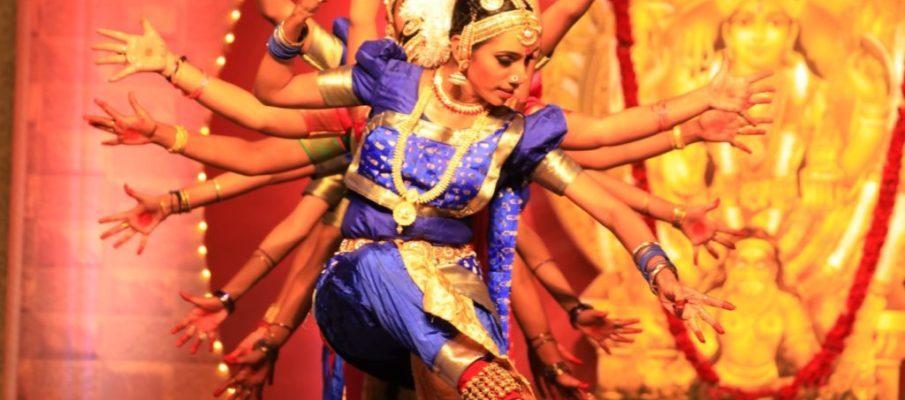The land of diversity, India has also earned the name of Golden Bird for its abundance of culture, tradition, heritage, and breathtaking art & architecture. Since ancient times, Dancing has become an inseparable aspect of culture. These classical dance forms of India portray melody, drama, graceful gestures, and movements.
Here are some of the classical dance forms of India:
1. Bharatanatyam
Emanating from Tamil Nadu, the dance style Bharatanatyam harbors history since ancient times. This classical dance form also has been mentioned in various Hindu scriptures.
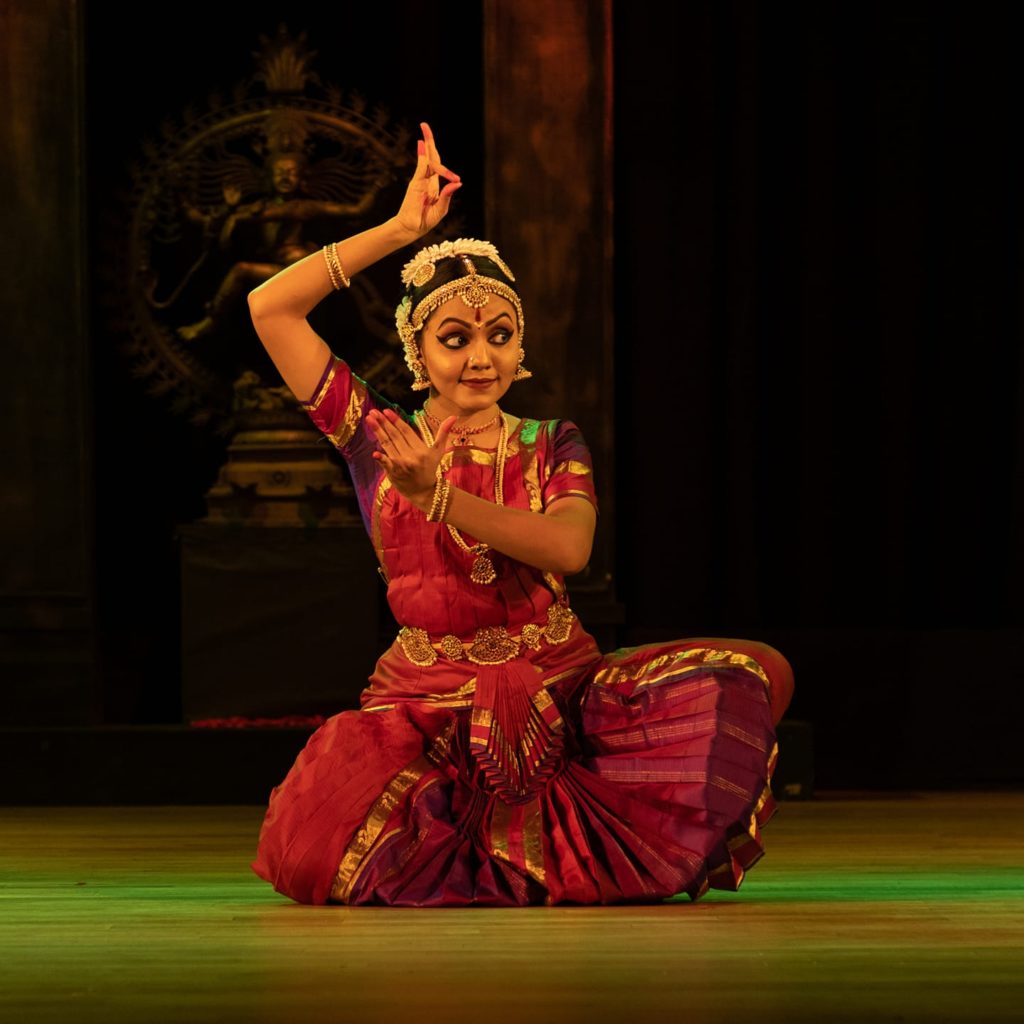
Performed on the heavenly melodies of the Carnatic music, Bharatnatyam is a dance style for women of the classical period. The dance form focuses on the hand gestures, leg movements, and facial expressions of the dancer. The delicate movements and gestures, also called Mudras, make the audience look in awe.
2. Kathak
This classical dance form of India, Kathak, portrays a tale of the Ramayana, Mahabharata and other scriptures. In Sanskrit, Katha means storytelling, while Kathak denotes the art of storytelling.
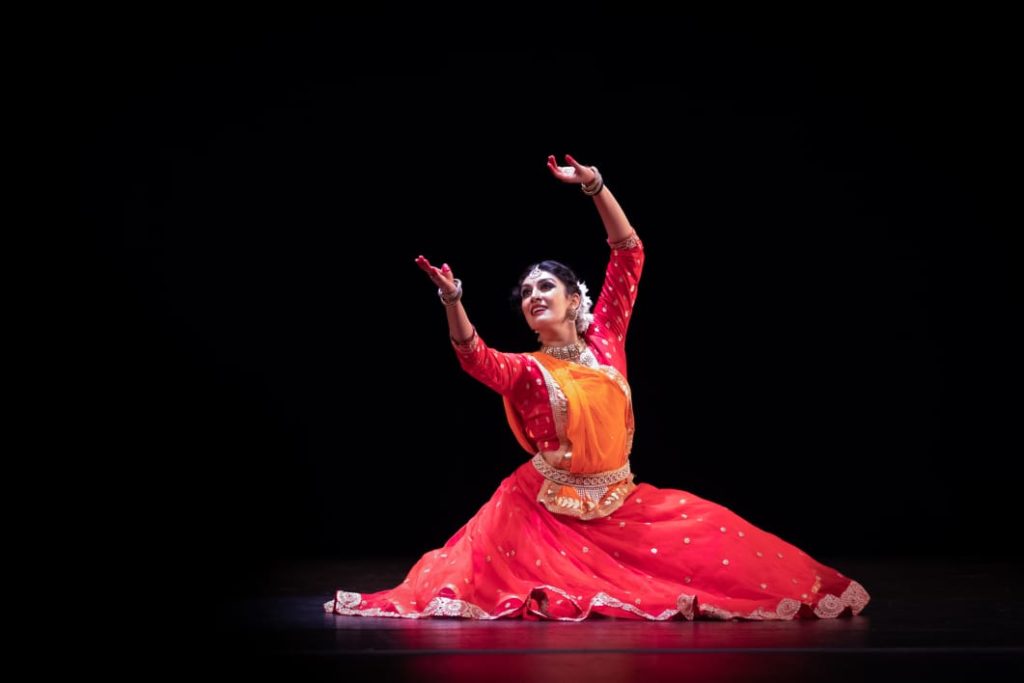
Originated in the heartland of India, Uttar Pradesh, Kathak is also well-known as the dance of love. Both men and women can learn and perform together in this dance form. Kathak main focuses on the ankle movements matching with the beats of music. Dancers often wear Ghungroo to make the gesture more magnificent.
Also Read:
Visit the top 5 Places in the Heartland of India: Uttar Pradesh
3. Kathakali
Similar to Kathak, Kathakali is also another traditional dance form related to storytelling. However, the dance postures and music are different.
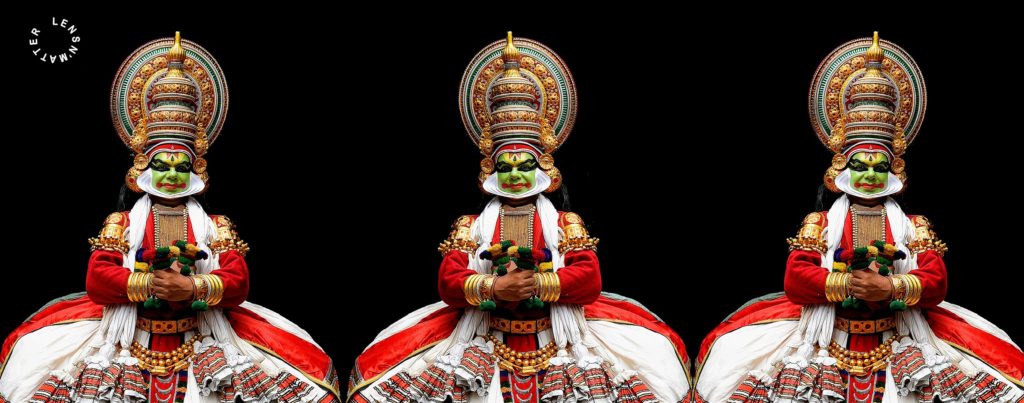
The origin of Kathakali is the Southern region of India, Kerala, during the 17th century. This religious dance portrays the myths of Ramayana and Shiva stories. The dancers feature fascinating face gestures and heavy costumes and makeup. The ‘Pacha’ or green facial makeup represents a noble character., while ‘Kathi’ and ‘Kari’ mean a villain and evil.
Also Read:
7 best Food dishes of Kerala you must try once
Top 5 Places to Visit in Kerala For a Relaxing Vacation
4. Odissi
As the name clarifies, the Odissi dance form comes from the eastern state of India, Odisha. This traditional dance has gained popularity for its unique melodic elegance, rhythmic deviations, and dramatic expression.
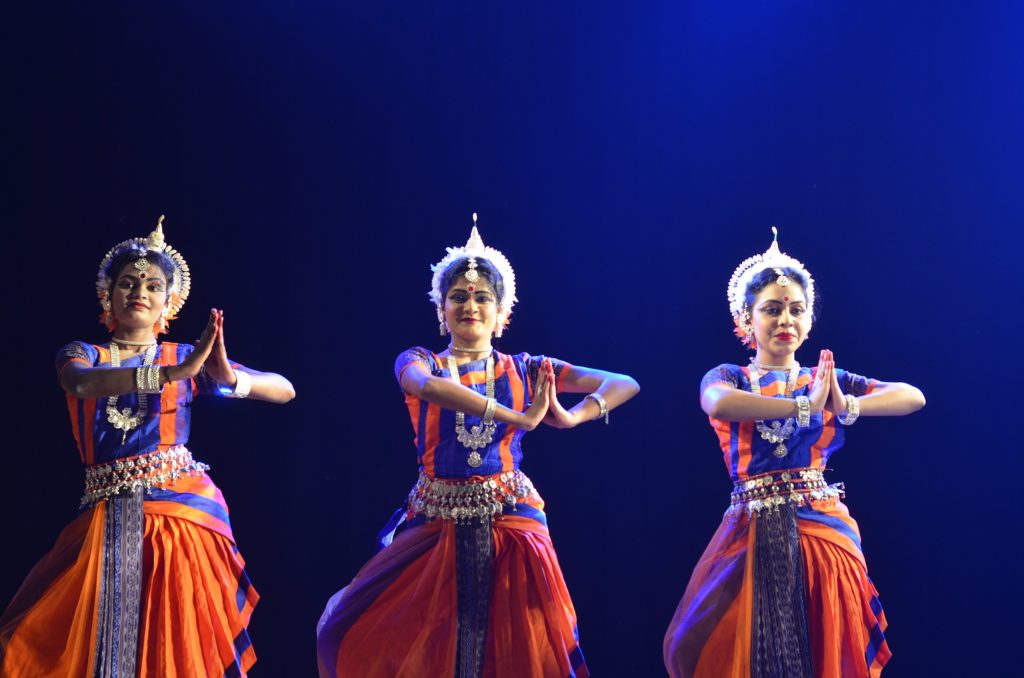
The main theme of the dance form is Lord Jagannath’s worship. Apart from that, there are also several mythological tales of Hindu gods, including Shiva and Surya. The sculptors and idols of archaic temples of India have influenced the gestures and motions of Odissi.
5. Manipuri
Hailing from the North-eastern state of India, the dance form Manipuri represents the rich tradition and unique culture of Manipur. This religious dance portrays the romantic relationship between Radha and Krishna.
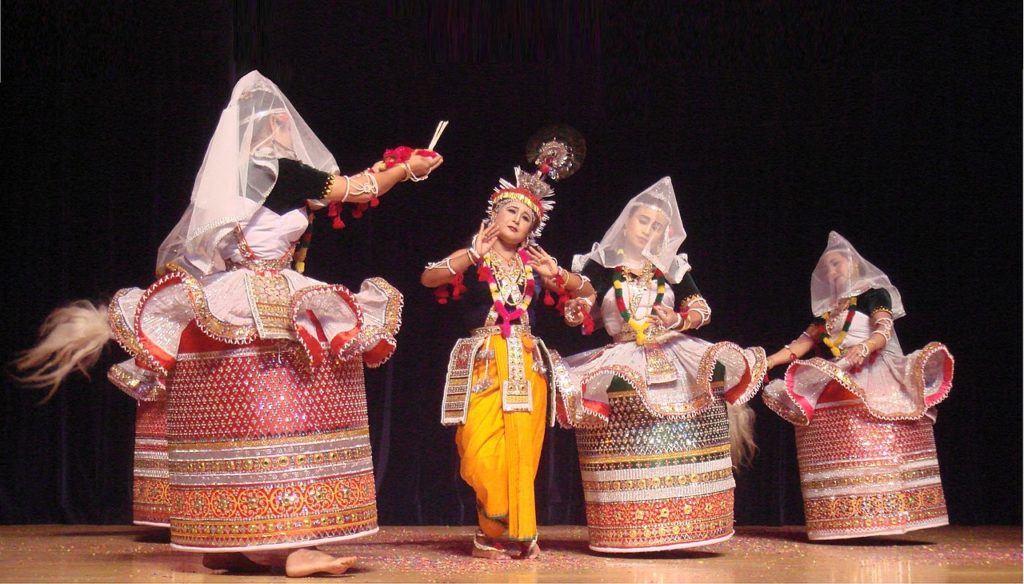
Manipuri includes both singing and dancing. Performed by both men and women dressed in the traditional Manipuri attires looks mesmerizing. Aside from the religious festivals, Manipuri is also a classic in weddings and other celebrations.
6. Mohiniyattam
This graceful dance form of India, Mohiniyattam, illustrates the elegance and sophistication of women. The name of this dance comes from Indian mythology. According to that, Mohini is the female avatar of Lord Vishnu, while Attam in Malayalam describes the rhythmic motion.
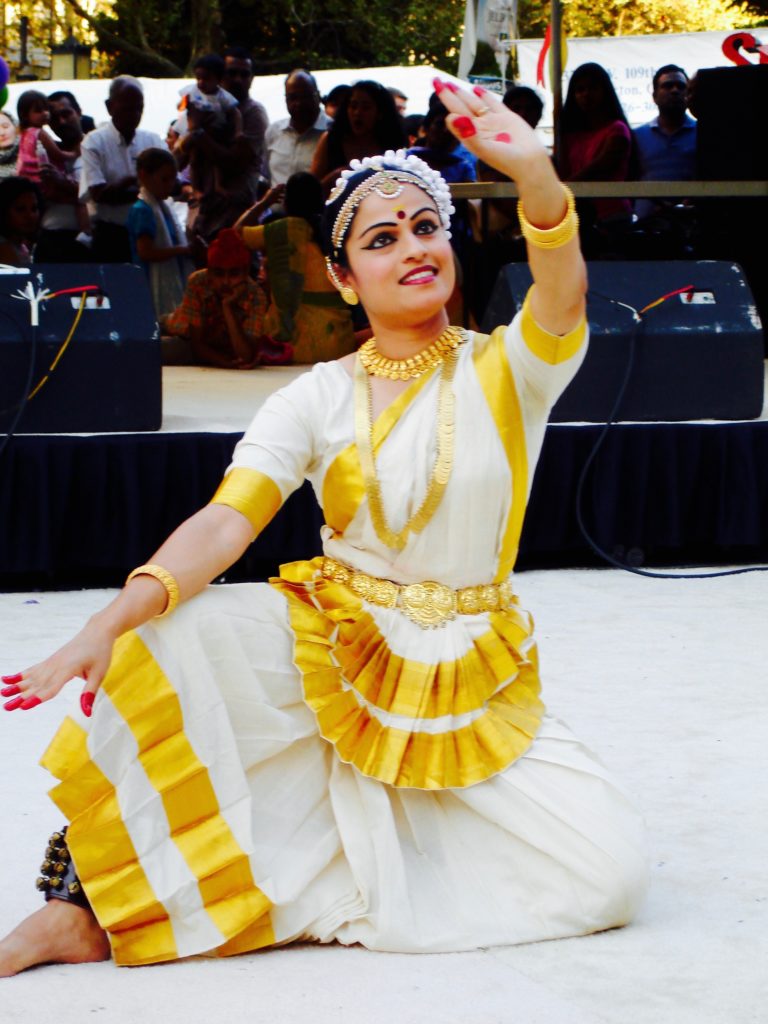
Hand gestures hold a significant role in Mohiniyattam. Dancers wear white saree with golden brocade and portray their devotion to god through gentle body formations and movements.
7. Kuchipudi
Originating in a small village in Andhra Pradesh, Kuchipudi is a temple dance. That is why this classical dance form begins with water sprinkling, lighting incense, and invoking the blessings of God.
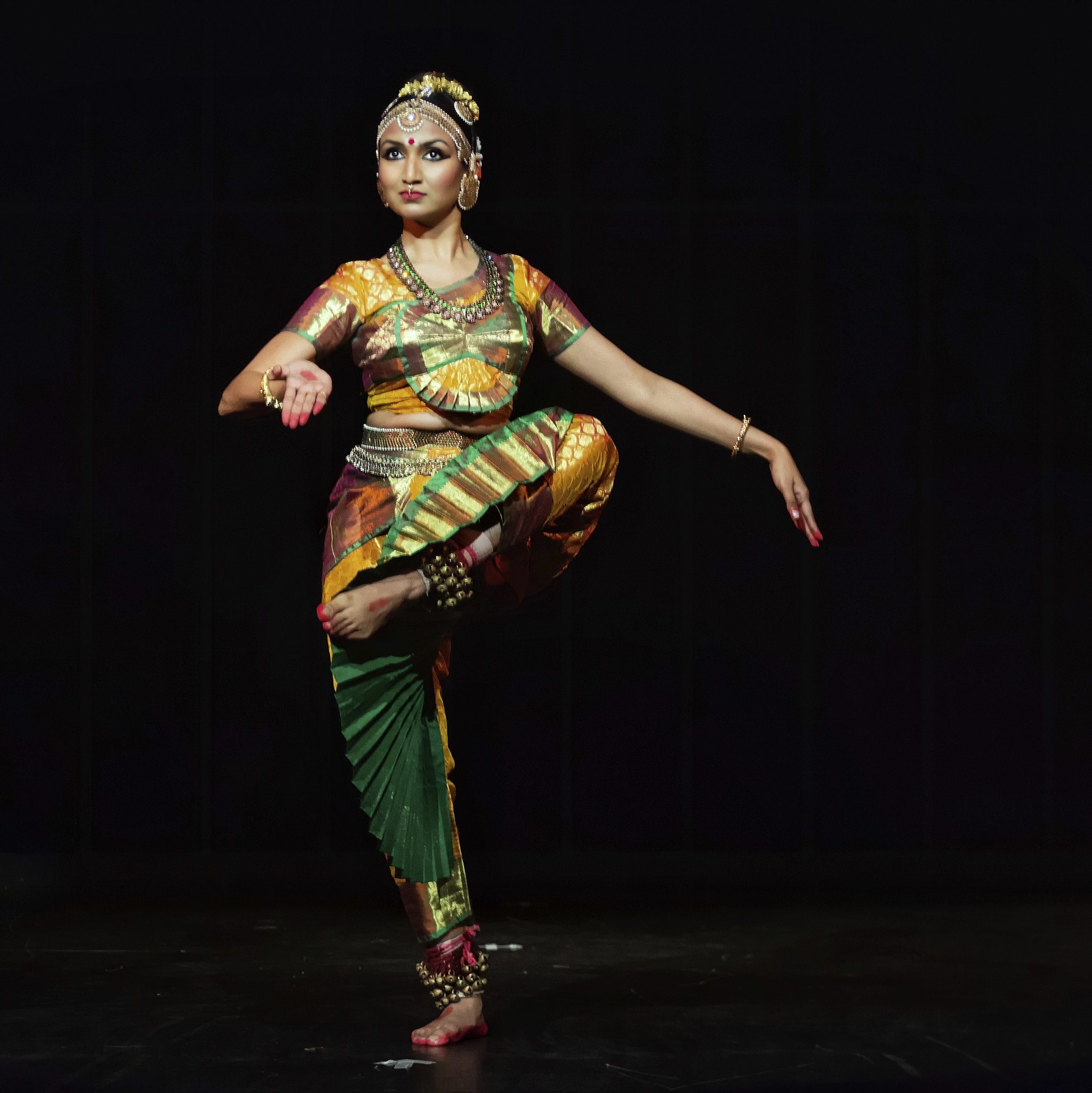
Kuchipudi is one of the difficult dance forms to learn. It includes both singing and dancing by the performer. Apart from that, there are comprises 28 hand mudras or hand gestures.

